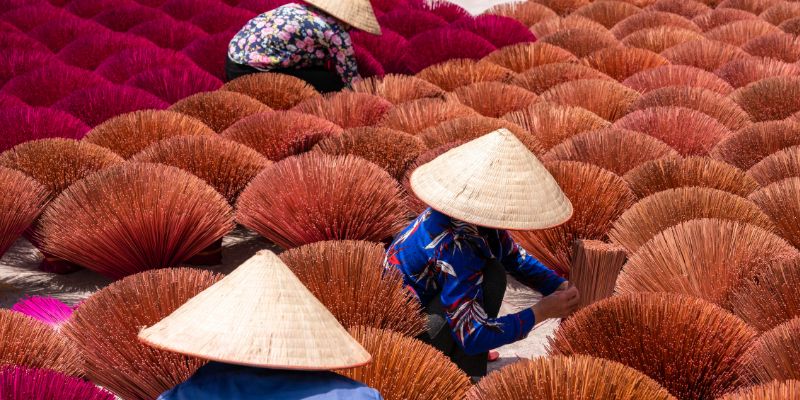
If there is one gift to bring back from Vietnam , it is undoubtedly the famous conical hat – nón lá in Vietnamese, a true emblem of the country. Widely used in the countryside to protect against the sun and rain, it is made of wood and bamboo stems then covered with latanier leaves. You can get them anywhere in the country, however, styles vary by region. In the North, the Chuong village located west of Hanoi is very famous for the manufacture of these products.
In Hue , you will have the opportunity to discover models that are both finer and extremely elegant, which are closer to artistic pieces than everyday accessories. Indeed, these fans are magnificently decorated with images or poems, transforming them into true works of art. During your trip to Hue, you can find them at the Dông Ba market, one of the most famous markets in the city, renowned for its traditional non las, emblems of Hue.
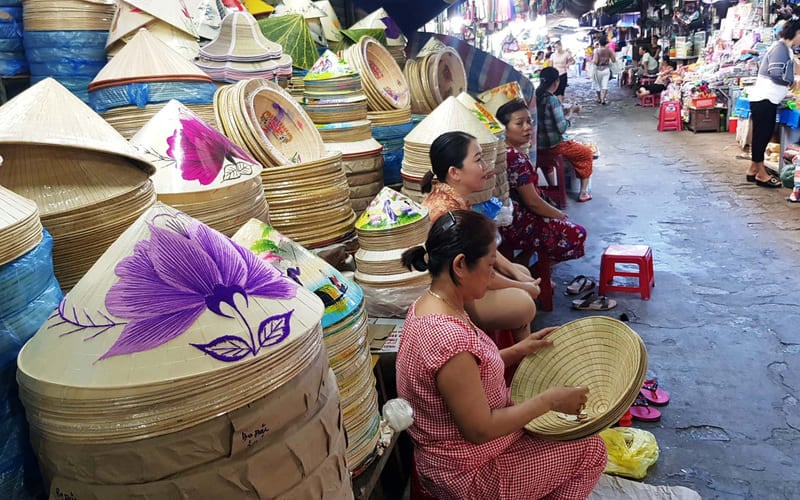
Vietnam is the world’s second largest coffee exporter after Brazil. There, you can mainly find Arabica or Robusta coffee. The grains used are not the same as those we are used to finding in France, and the brewing method as well as the variety of additives available are also different.

Introduced by the French during their period of colonization, coffee became a popular drink in Vietnam, and you will find it available in several forms, such as “ca phe sua da”, a mixture of black coffee and sweetened condensed milk served on ice cubes, or the famous “ egg coffee ”, egg coffee from Hanoi. This drink was developed around 1920, during the Indochina War. Eggs replaced milk in cappuccino which was a rare commodity. This drink is very popular in Hanoi today.
Robusta coffee is very popular for its caramelized and chocolatey touch, it is easy to obtain throughout the country at a very reasonable cost. Count between €1 and €2 for 100 grams, and €1 for an individual coffee pot to complete the range of the ideal gift to bring back from Vietnam.
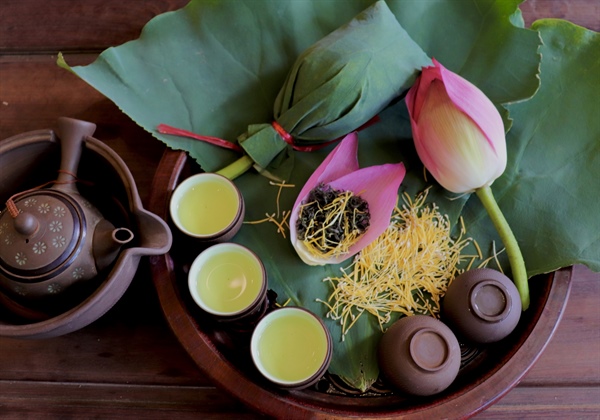
For those who prefer tea, you can opt for different kinds that are not often found in France, such as lotus tea , the most emblematic of the country, or chrysanthemum tea for example. You’ll also find classic green tea, or bolder flavors like jasmine or artichoke tea. Vietnam is the 5th largest producer of tea in the world , so it is very easy to obtain it, whether in bulk or nicely packaged.
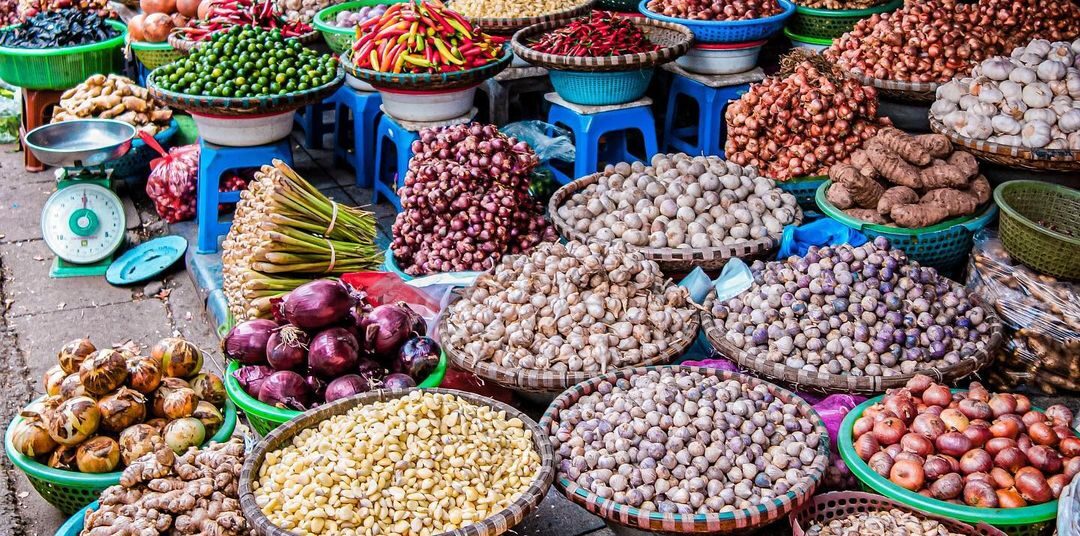
If you don’t know what to buy in Vietnam, think about spices! They are sure to be an original and useful gift that will delight cooking enthusiasts. Spices play an essential role in Vietnamese cuisine, adding a burst of flavors and aromas to traditional dishes. Essential in Vietnamese cuisine , the most used spices in Vietnam, we find star anise, cinnamon, cloves, coriander seeds, cardamom, ginger, garlic and lemongrass. The advantage of buying spices in Vietnam is their availability in all markets across the country. You can wander through the colorful stalls, where spices are displayed in bulk, filling the air with a captivating scent.
Note that Phu Quoc pepper is among the best in the world. If you travel to Phu Quoc, don’t miss this world-class spice!
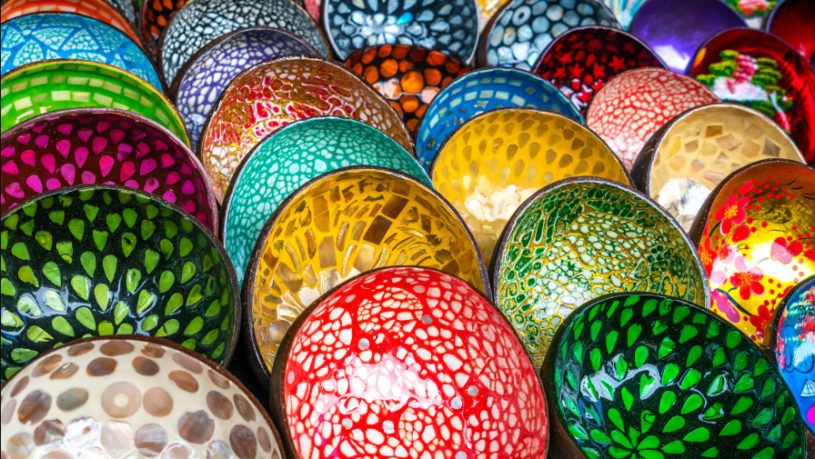
For a typical and cultural souvenir of Vietnam, a lacquered object is recommended. The work of this material has been an integral part of Vietnamese heritage for centuries. Artisans are constantly seeking to improve their technique, so it is not uncommon to find objects inlaid with mother-of-pearl, gold shells and sometimes even gold leaf. Prices vary depending on the size and work of the object.
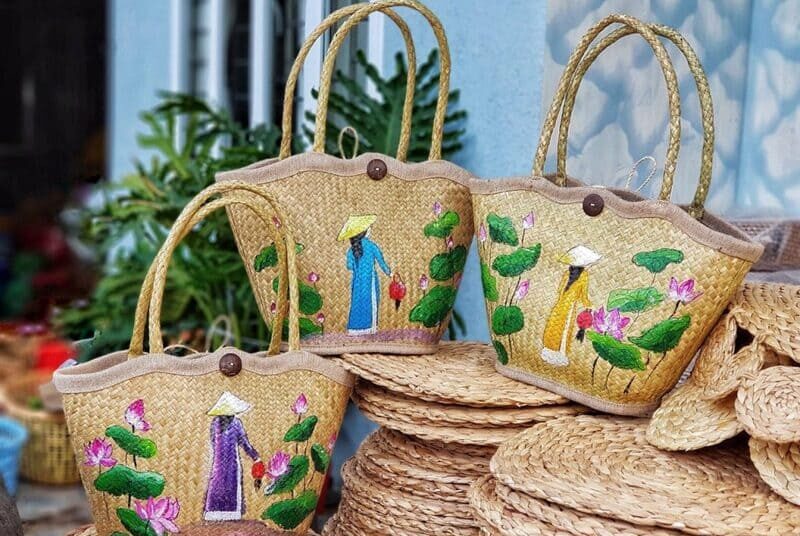
A water hyacinth bag also makes a great gift. Handmade with natural fibers, it embodies traditional craftsmanship and represents an authentic souvenir. Practical, durable and aesthetic, it adds a touch of style to your wardrobe while preserving the environment. There are two types of water hyacinth bags: bare bags (without designs) and bags decorated with Vietnamese images such as women in ao dai, flowers, Vietnamese landscapes, etc.
Compared to buying in France, the prices of water hyacinth bags in Vietnam are generally more affordable. You can take home a quality souvenir at a great price, while supporting local artisans. Whether it’s for your groceries, a stylish clutch or even a spacious beach bag, the water hyacinth bag will meet your needs with style and practicality.
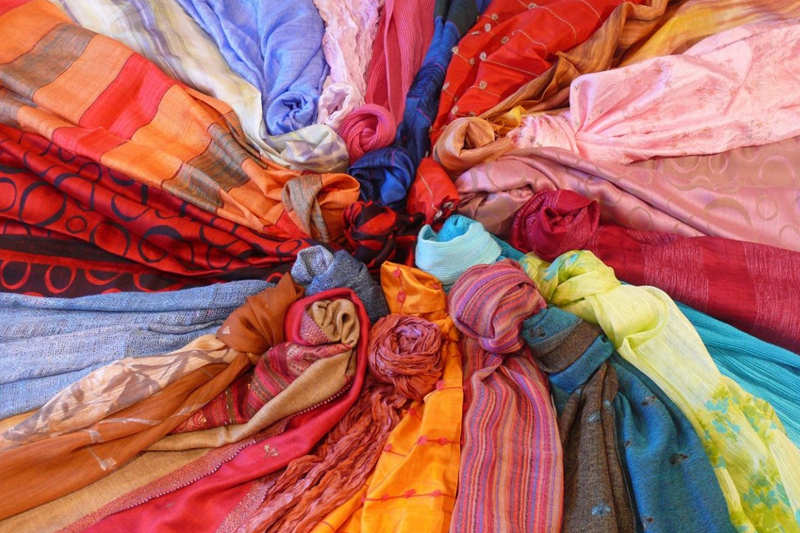
Previously considered an extremely luxurious product, silk is now more accessible. It will cost you around €3 for a meter of classic silk, and around €4 for a meter of premium type silk. You will find the most beautiful fabrics in Hanoi, Hoi An and Ho Chi Minh City.
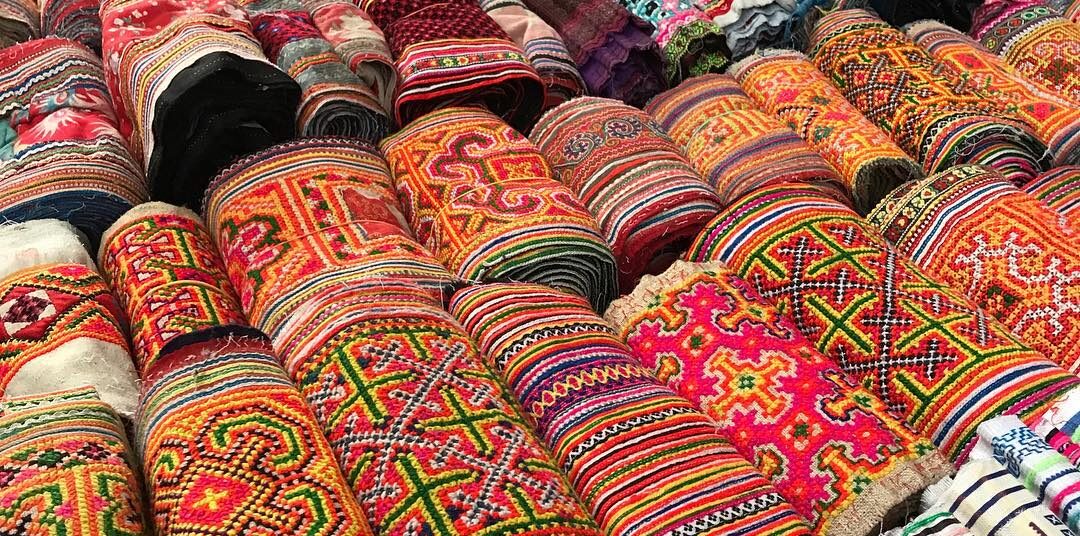
Vietnamese embroidery, renowned for its original patterns and finesse, is available in a variety of objects, such as tablecloths, placemats and even impressive hand-embroidered paintings. Simple creations are generally affordable, with prices ranging from €5 to €6. If you want to learn more about this artistic technique, we recommend visiting the Embroidery Museum located in Dalat.
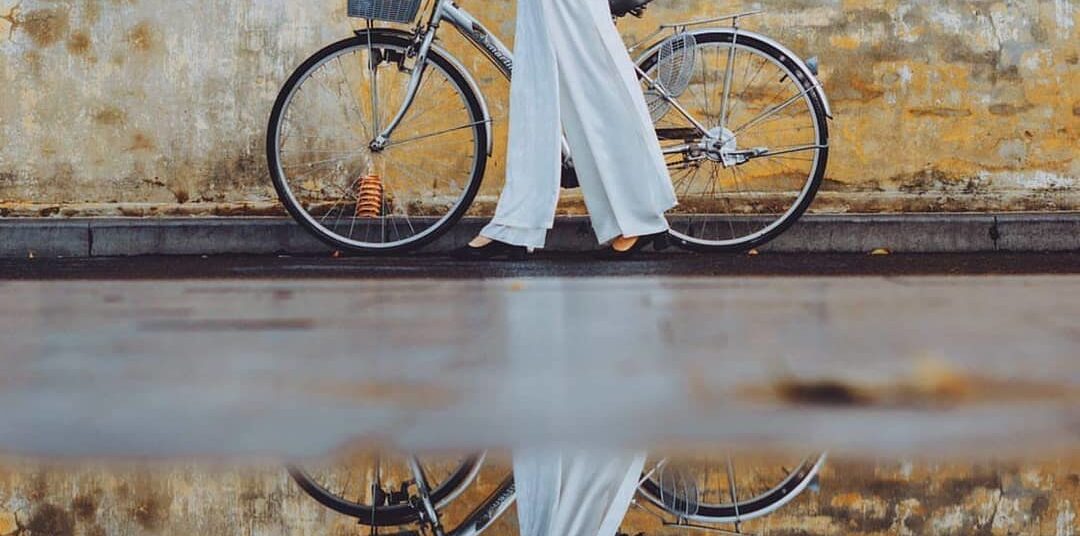
The “ Ao Dai ”, this long traditional tunic, is often at the top of the list to bring back to Vietnam. Considered the national costume since the 18th century, it has evolved over time to take the current form with its long sleeves, its Mao collar and its loose pants, generally in silk. The price of an « Ao Dai » varies depending on the quality of the fabrics and embroidery used. It is a symbol of Vietnamese elegance and an authentic souvenir to take home.
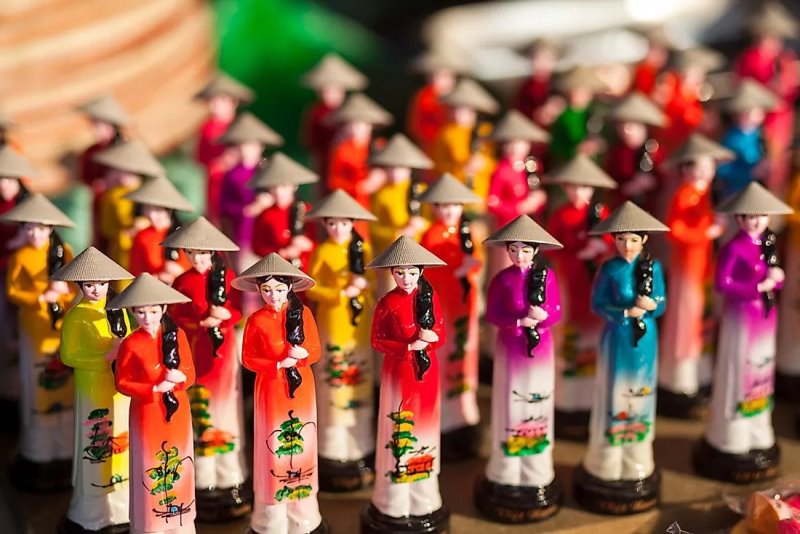
Vietnamese statuettes are distinguished by their diversity of shapes and types. They illustrate characters in traditional Vietnamese outfits, symbolic animals, as well as typical landscapes of Vietnam. In addition to their charming aesthetic, Vietnamese statuettes are affordable, making them accessible gifts. You can easily find them in every souvenir shop in the country.
Ceramics is an art perpetuated by the Vietnamese people for millennia. This traditional craft experienced a major boost in its quest for identity under the Lê dynasty (1428-1788) with the production of the oven from the Bat Trang village , located not far from Hanoi, on the banks of the Red River. Even today, this village enjoys an excellent reputation for ceramics, with more than 600 kilns still in operation. Bat Trang ceramic decorations are exported throughout the country as well as internationally.

Despite the mass arrival of plastic objects gradually replacing ceramics in the daily lives of Vietnamese families, this ancestral art has seen its cultural and historical values continue to flourish throughout the ages and places. Thus, in addition to Bat Trang, you can find beautiful works in the village of Chu Dau (still in the Red River delta), in the village of Than Hà (in Central Vietnam, close to the old town of Hoi An ) , or in the village Bau Truc (in Central Vietnam, south of Hoi An). A gift from Vietnam to bring back with care, careful packaging is recommended.
If Hoi An is on your list of destinations to visit, you can’t stay in the city of lanterns without bringing at least one home. Lanterns were introduced to Hoi An in the 16th century by Chinese traders passing through the Silk Road. Since considered the birthplace of Vietnamese-style lanterns, the city attracts many travelers every year who almost always leave with their lantern as a souvenir of Vietnam.
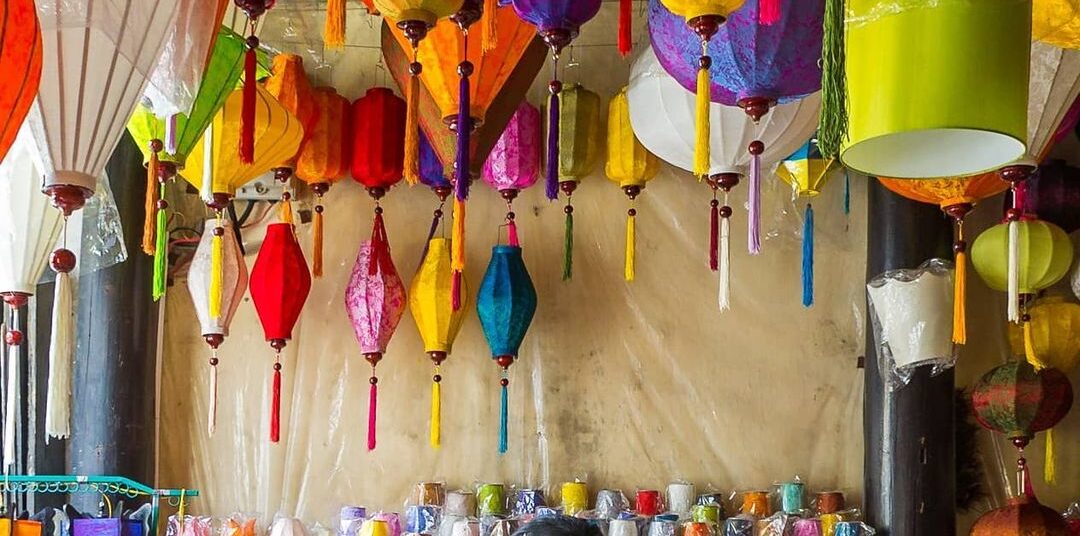
Hoi An lanterns are made of silk, have bamboo frames and are foldable, so they are very easy to transport. You will be spoiled for choice when it comes to color, size and shape, so prices vary enormously.
An average lantern (the most commonly purchased size) will generally cost between €3 and €3.50 for the simplest models. A large lantern will cost between €5 and €9 or more depending on the colors. The best place to find one is the Lantern Market which can be found on Nguyen Hoang Street and which opens at 6 p.m. Otherwise, you can always try the experience of making it yourself, many workshops offer this activity in Hoi An.
Renowned for its pearl production, the island of Phu Quoc has many culture farms that you can visit to learn more about the pearl oyster technique. If you are staying for a while on the Emerald Isle, this is an opportunity to bring back a pretty local jewel as a souvenir of Vietnam.
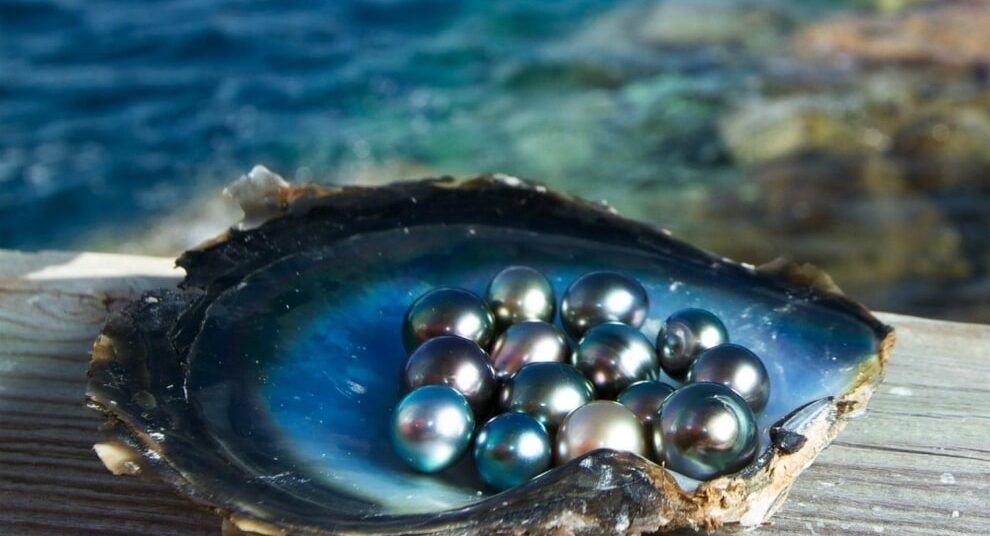
As far as prices are concerned, you can find a simple pearl, without setting or jewelry, for around €10, but prices rise quickly depending on the quality of the pearl, the work done as well as the materials used for the decoration. and the mount. In this sense, you can come across earrings costing €30 as well as pearl necklaces costing almost €7,000.
It is in the mountains of Northern Vietnam that you can find indigo fabric made by local populations from minority ethnic groups. This fabric with its characteristic color is made by the H’mong people. The women weave hemp or cotton fabrics which they then color navy blue using indigo and then embroider after drying them in the sun.
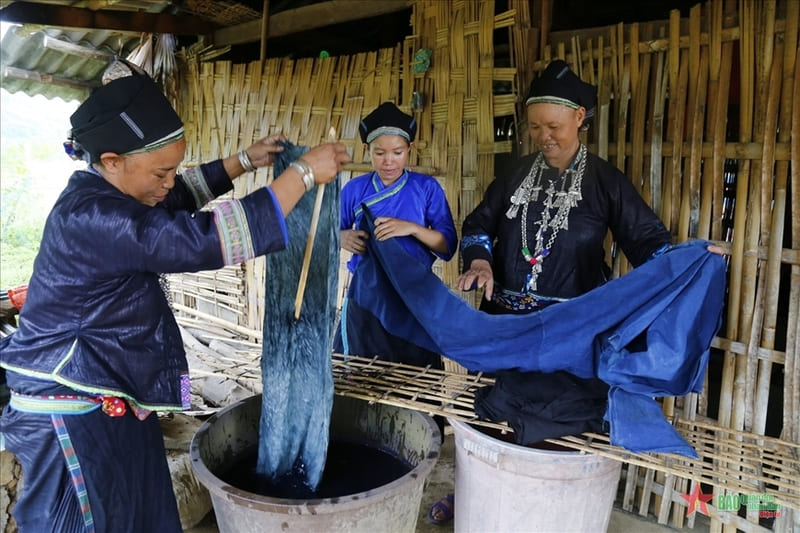
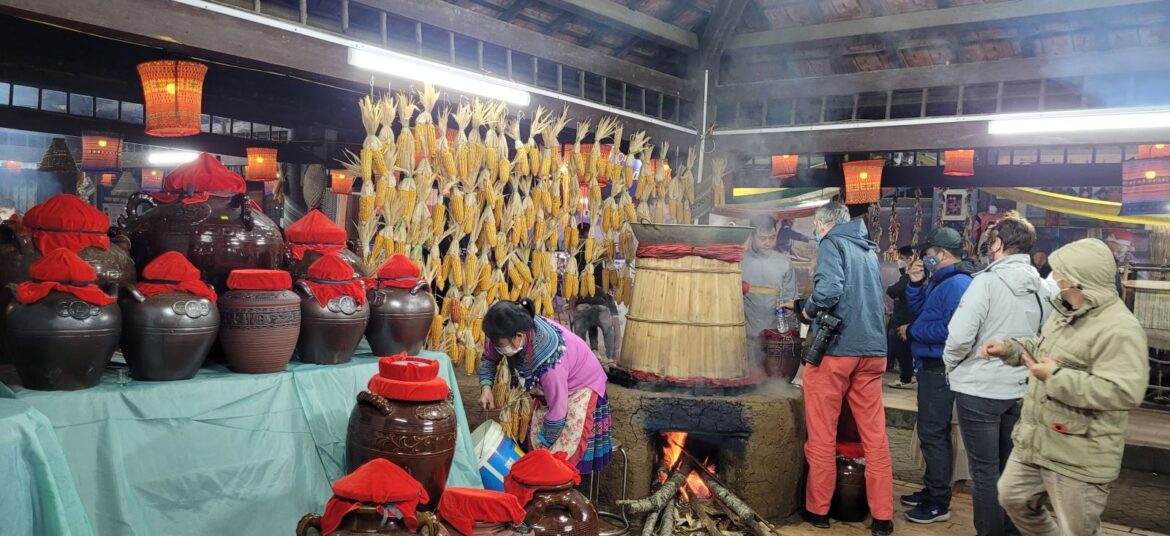
If you are looking for an original and local gift to bring back from Vietnam, put on your sneakers and set off to explore the northern mountains during a trek where you can admire splendid rice terraces. The harvested rice is also used to make the iconic Vietnamese alcohol, rice wine. To taste at least once in your life!
We are reaching the end of our ranking and you still don’t know what to bring back from Vietnam? Did you know that fair trade is developing in the country? As Vietnam Découverte is very committed to responsible and sustainable tourism, we share with you a list of shops promoting fair trade which respects the environment and protects local populations. The price of these souvenirs from Vietnam are a little higher but guarantee a real commitment.
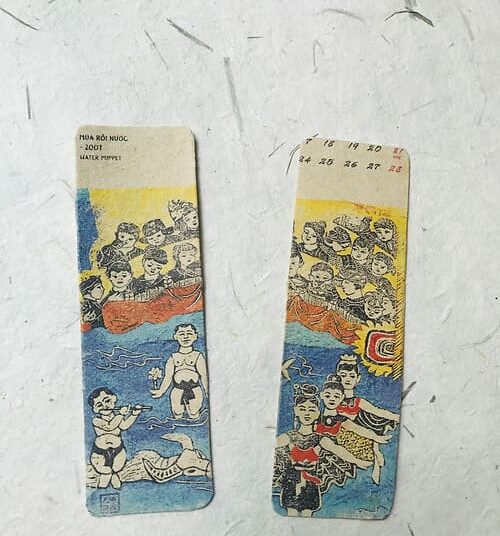
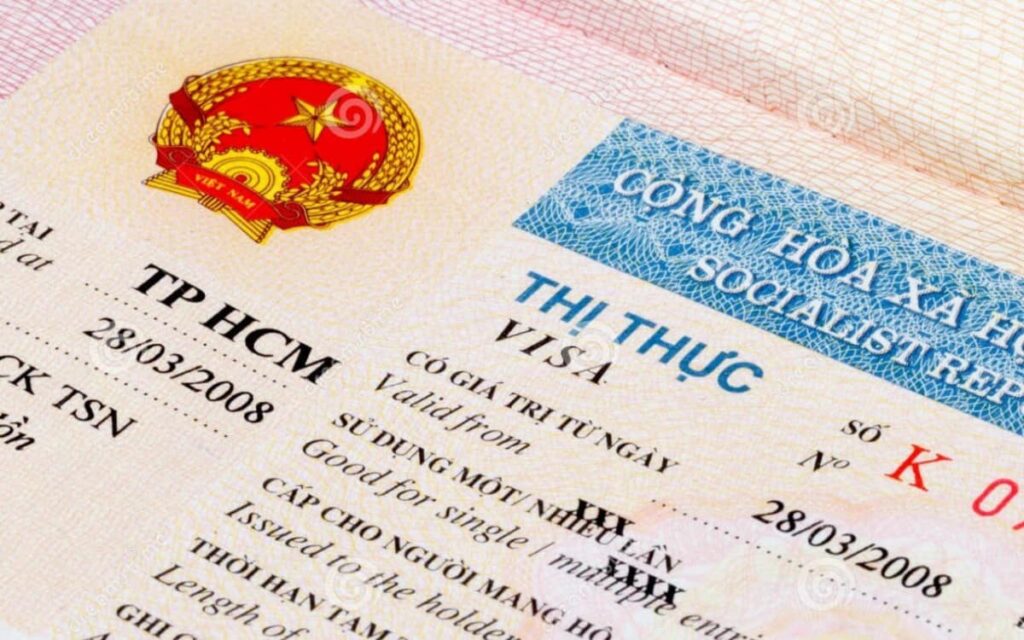
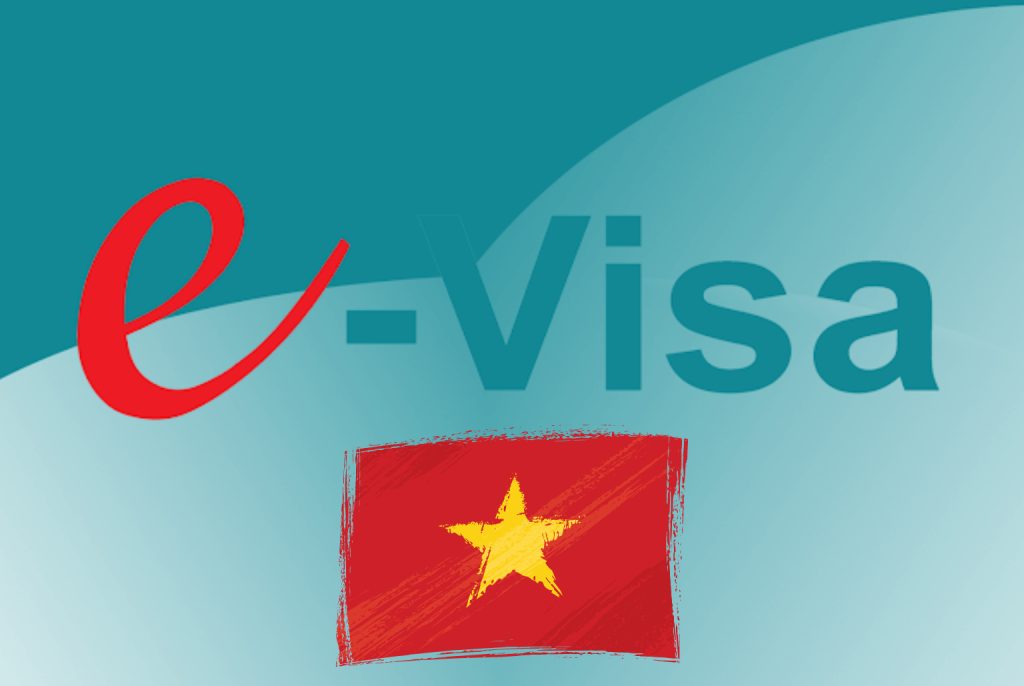
Evisa-Vietnam-Online.com represents a local travel agency in Vietnam that facilitates the rapid obtaining of tourist visas from the Vietnamese immigration services.
We are not the official government organization for immigration to Vietnam.
Our Business Licence number is 0317462652, International Tour Operator License No is 79-1517/2022/TCDL-GP LHQT
Evisa-Vietnam-Online.com
D31, Valencia Riverside
1000 Nguyen Duy Trinh Street
Ho Chi Minh City
Vietnam
contact@evisa-vietnam-online.com
+84 (0)977 701 730
+84 (0)904 668 090
Copyright © 2024 E-Visa Vietnam Online. Propulsed by OC Informatics & Cédric Chasseriau